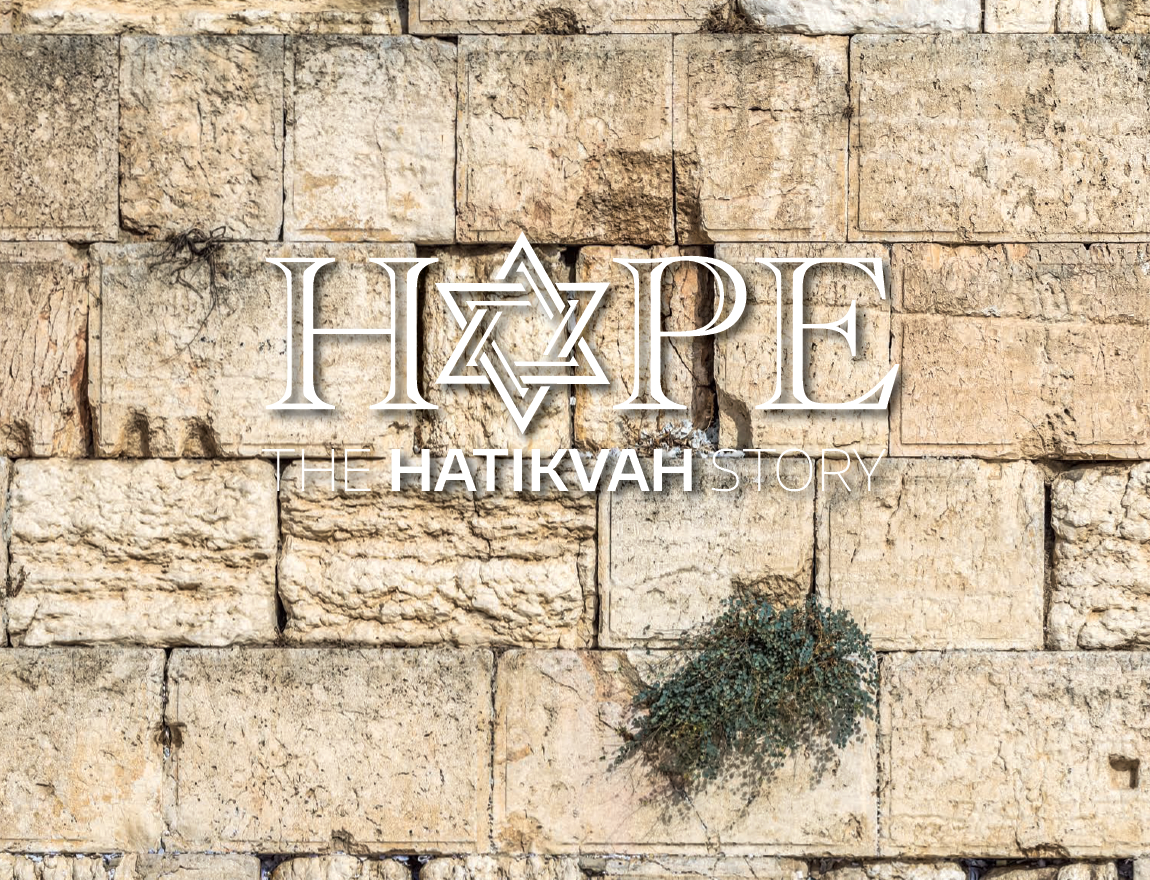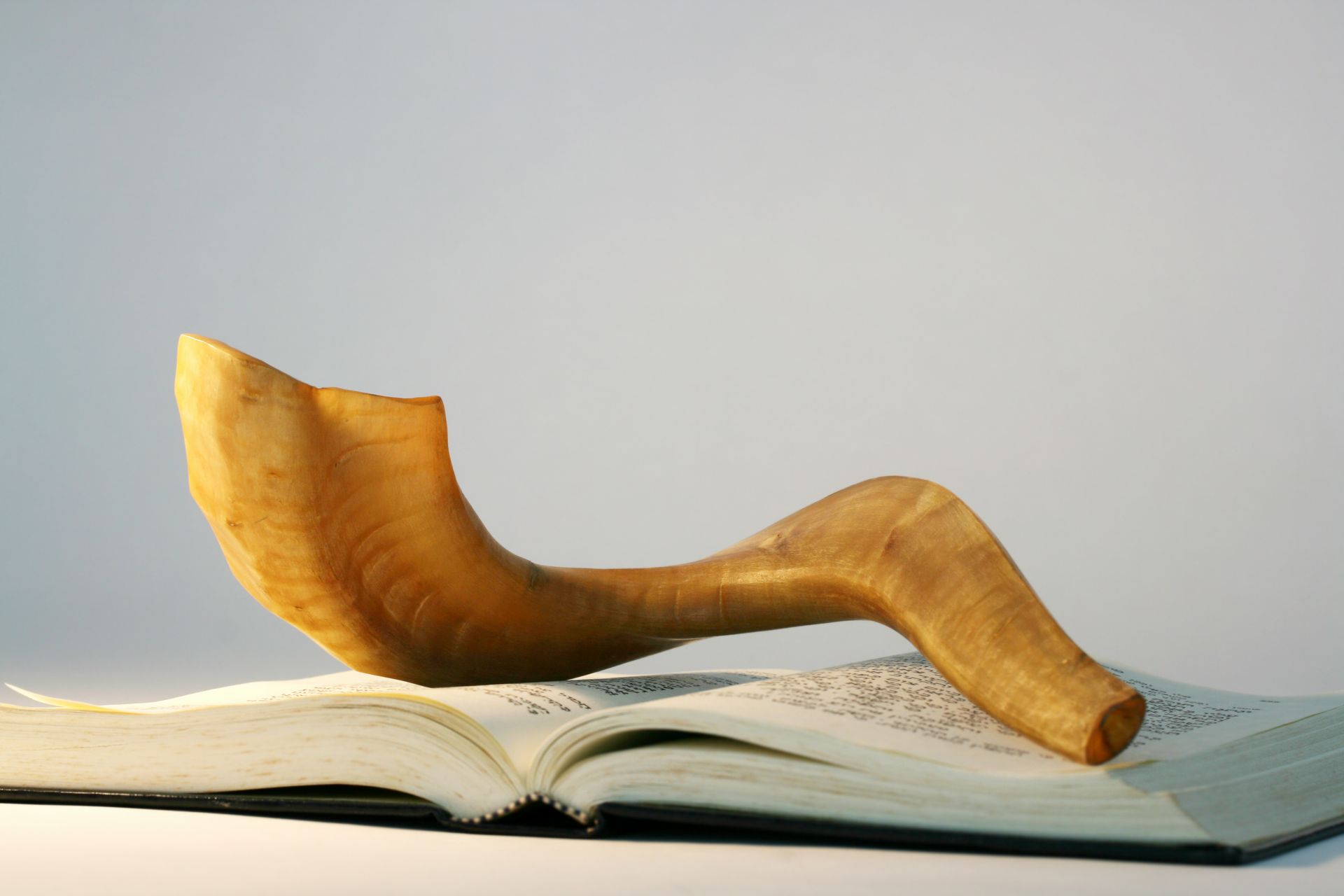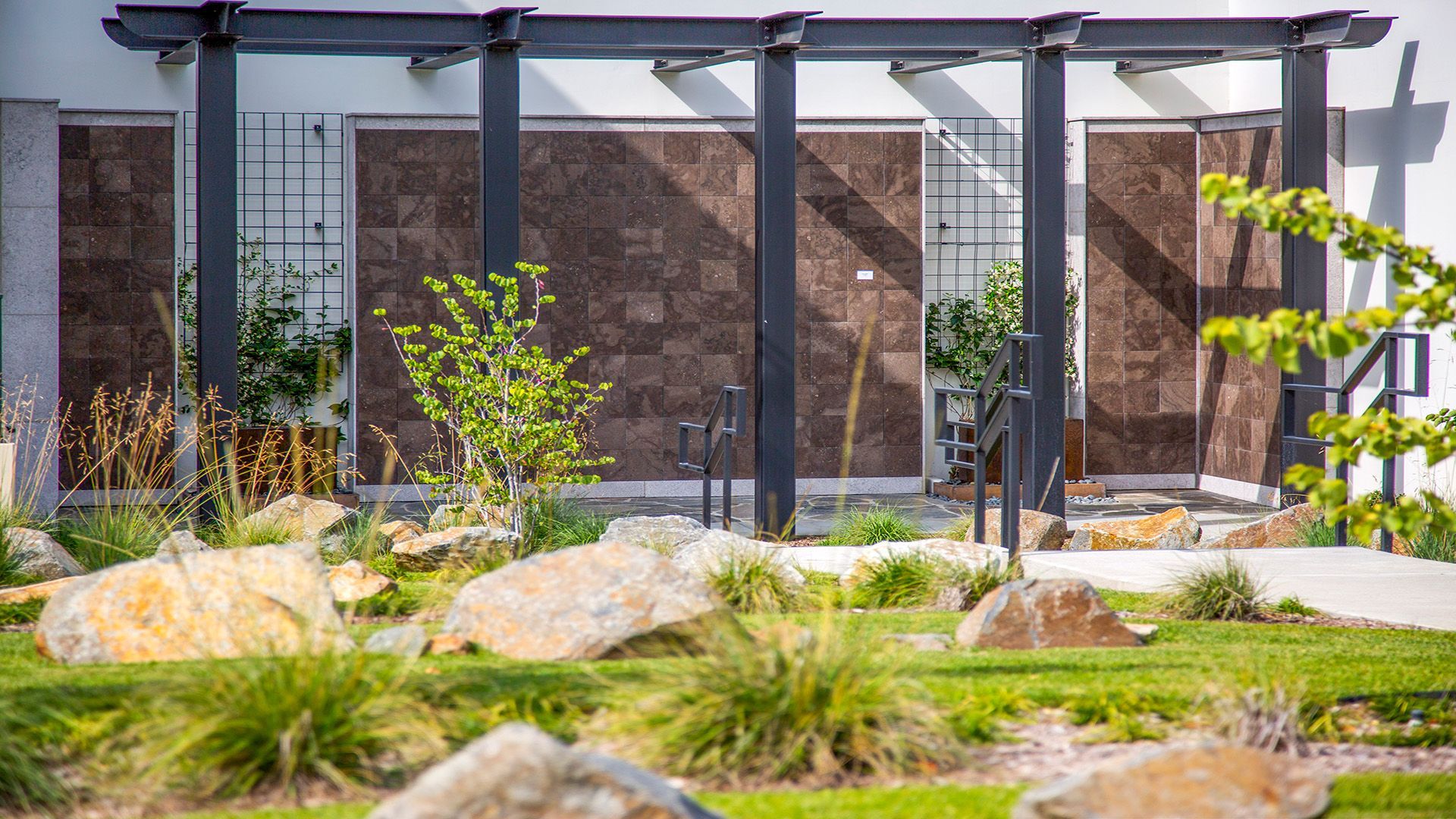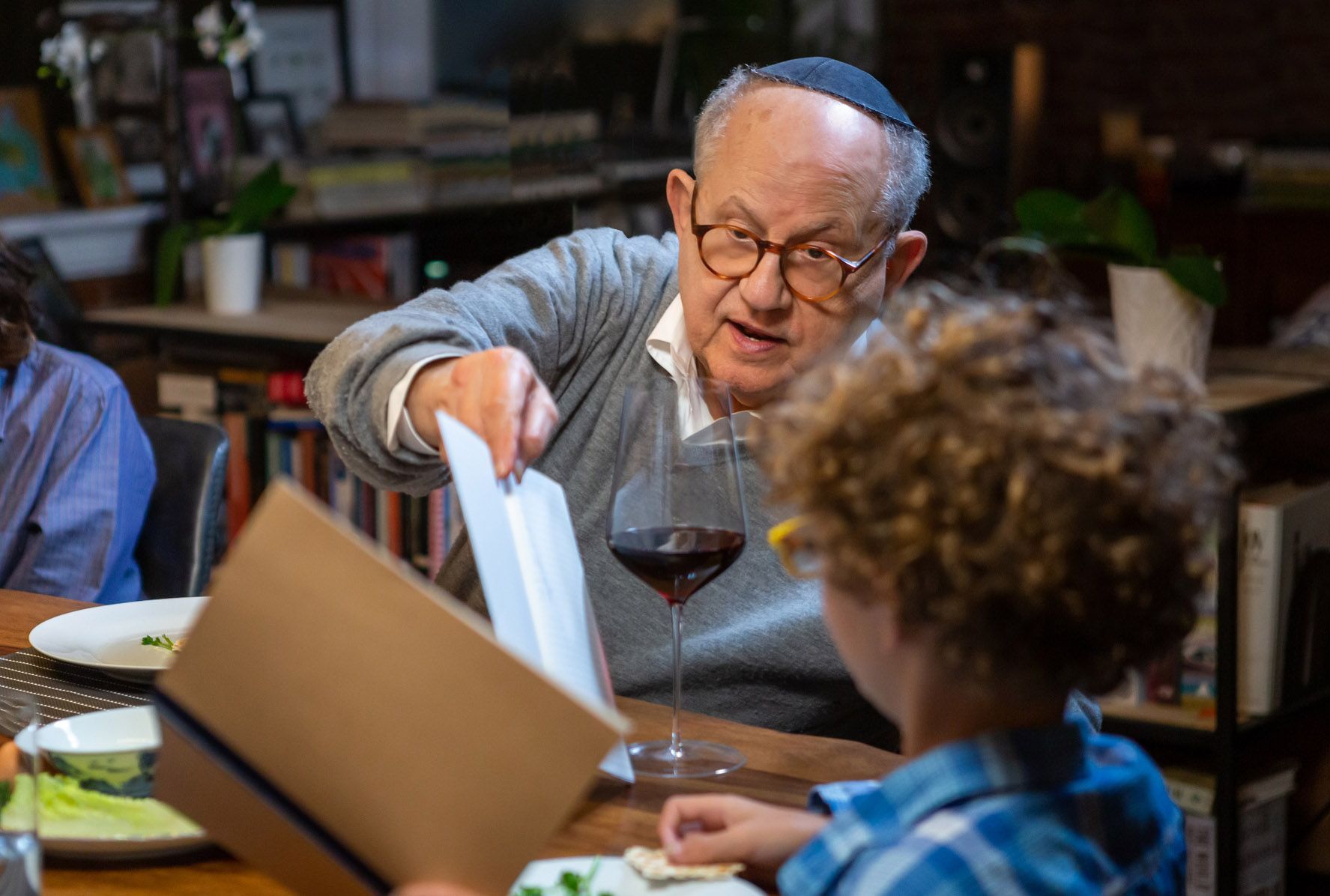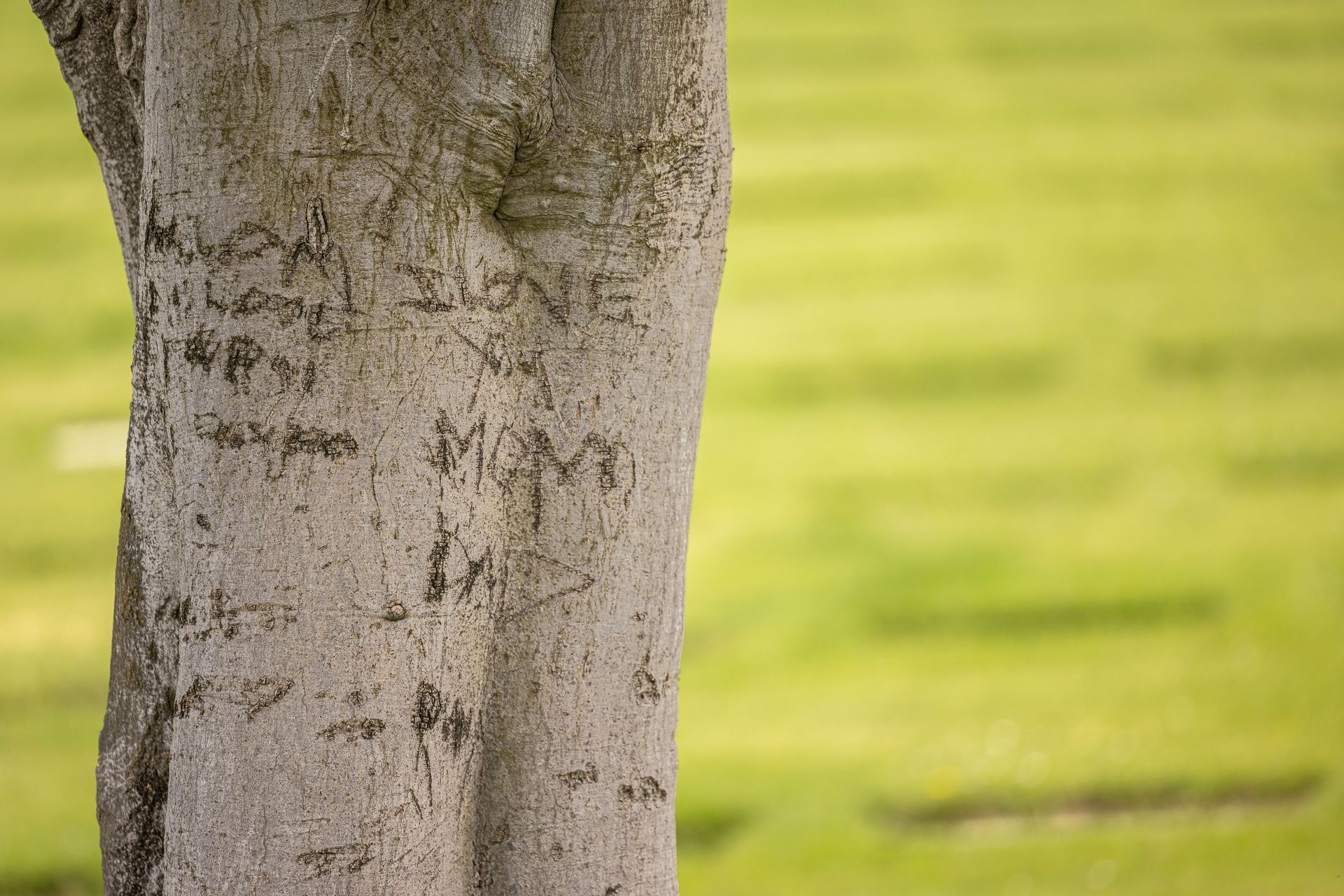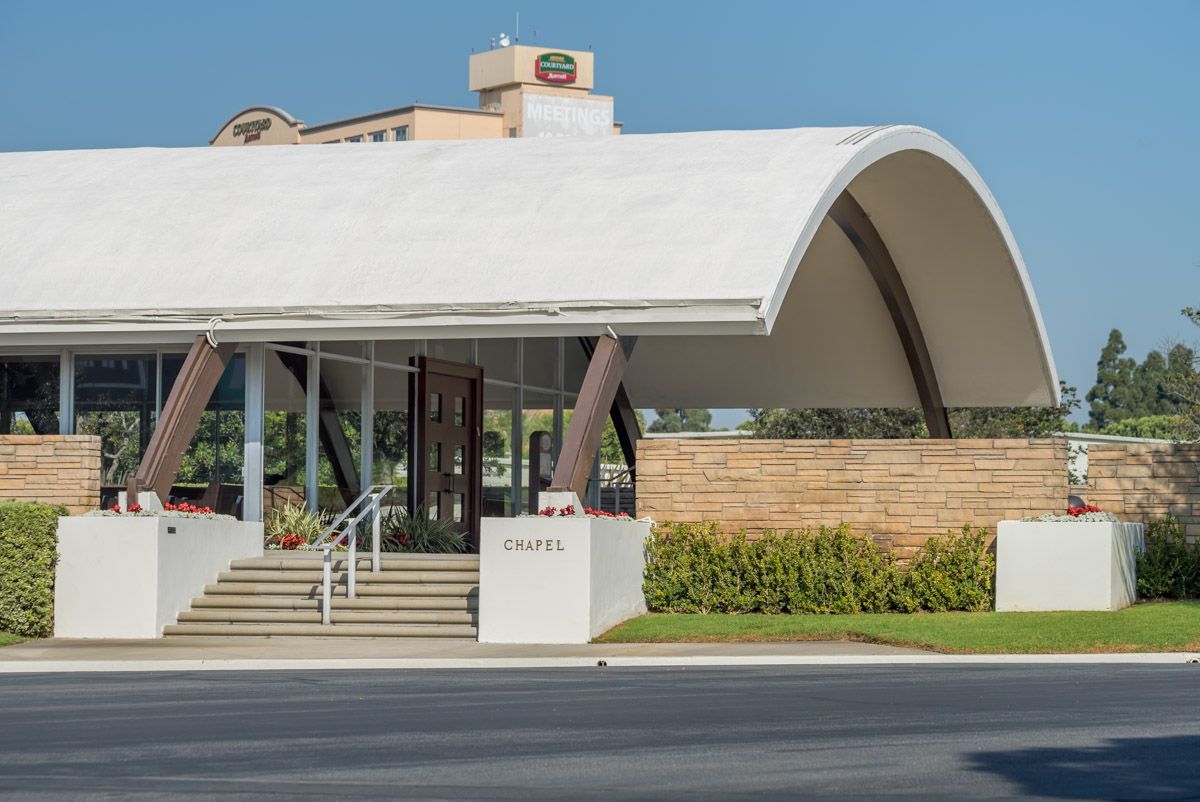Grief as Connection: A Jewish Perspective

Grief can feel isolating and overwhelming in times of loss. The Jewish tradition offers unique comfort through its perspective on death and mourning. These practices are designed not only to honor the deceased but also to support the living as they navigate the emotional and spiritual journey of grief. The Jewish perspective provides structure and solace, guiding individuals through one of life’s most difficult experiences with compassion and respect.
Grief as a Form of Connection
Judaism teaches that honoring, respecting, and caring for the deceased is one of the greatest mitzvot (commandments) a person can perform. This deeply held belief underscores the idea that every individual deserves dignity in both life and death. Caring for the dead —through rituals such as preparing the body for burial, participating in the funeral, and observing mourning customs—is seen as an act of great spiritual significance. By fulfilling this mitzvah, Jewish people demonstrate profound respect for the sanctity of life and the cycle of death. It is a way of showing gratitude for the deceased’s life while helping those who remain to cope with the loss. This sense of sacred duty is meant to comfort the mourners and the community by fostering a connection to the deceased even after their passing.
Grief is a Process in Jewish Tradition
One of the core elements of Jewish mourning customs is the emphasis on burying the deceased as quickly as possible after death. The urgency of the burial also serves a practical purpose for the survivors: it allows the mourning process to begin, offering them a clear path to grieve and heal. By attending to the deceased’s needs without delay, mourners are afforded the time and space to mourn without the added burden of prolonged waiting.
The Jewish mourning process is filled with rituals designed to help mourners express their grief, find support in the community, and eventually come to terms with their loss. From the speed of burial to the comforting presence of family and friends during shiva, these practices offer a sense of structure and peace during a time that can otherwise feel chaotic and unmanageable.
The existence of these traditions reveals an important idea: while no one grieves the same way, nobody should grieve alone. Instead, it’s a process best navigated with your family and community – through events that bring people in to support us and traditions that allow us to look back at how others have sought solace. Rather than trying to “move past” the death of a loved one or “return to normal,” it accepts that these painful emotions are a part of life and provides a structured way to experience them.
We’re Here to Help You Honor Your Traditions
At Hillside Memorial Park and Mortuary, we honor these traditions and everyone’s personal approach to grief. We provide a supportive environment where families can grieve, heal, and find comfort according to their faith and customs. Whether you are seeking guidance on Jewish funeral arrangements and mortuary services or Grief Support Groups for help through the mourning process, we are here to provide compassionate care for you and your family at (310) 641-0707 and https://www.hillsidememorial.org/contact-us/.
